What is Digital Marketing?
Have a Glance
What's the Difference Between Digital Marketing and Inbound Marketing?
Does Digital Marketing Work for All Businesses? B2B and B2C?
Digital marketing is an umbrella term for all of your online marketing efforts. Businesses leverage digital channels such as Google search, social media, email, and their websites to connect with their current and prospective customers.Ajit: +91 9820621021

Digital Marketing
Digital marketing is an umbrella term for all of your online marketing efforts. Businesses leverage digital channels such as Google search, social media, email, and their websites to connect with their current and prospective customers.
The reality is, people spend twice as much time online as they used to 12 years ago. And while we say it a lot, the way people shop and buy really has changed, meaning offline marketing isn't as effective as it used to be.
Marketing has always been about connecting with your audience in the right place and at the right time. Today, that means that you need to meet them where they are already spending time: on the internet.
So What Exactly is Digital Marketing?
From your website itself to your online branding assets -- digital advertising, email marketing, online brochures, and beyond -- there's a huge spectrum of tactics and assets that fall under the umbrella of digital marketing. And the best digital marketers have a clear picture of how each asset or tactic supports their overarching goals.
Here's a quick rundown of some of the most common assets and tactics:
The 5Ds of digital marketing
To understand the importance of digital marketing to the future of marketing in any business, it's helpful to think about what audience interactions we need to understand and manage. Digital marketing in Mumbai today is about many more types of audience interaction than website or email... It involves managing and harnessing these ‘5Ds of Digital' that I have defined in the introduction to the latest update to my Digital Marketing: Strategy, Planning and Implementation book. The 5Ds define the opportunities for consumers to interact with brands and for businesses to reach and learn from their audiences in different ways:
Digital devices - audiences experience brands as they interact with business websites and mobile apps typically through a combination of connected devices including smartphones, tablets, desktop computers, TVs and gaming devices.
Digital platforms - most interactions on these devices are through a browser or apps from the major platforms or services, that's Facebook (and Instagram), Google (and YouTube), Twitter and LinkedIn.
Digital media - different paid, owned and earned communications channels for reaching and engaging audiences including advertising, email and messaging, search engines and social networks.
Digital data - the insight businesses collect about their audience profiles and their interactions with businesses, which now needs to be protected by law in most countries.
Digital technology - the marketing technology or martech stack that businesses use to create interactive experiences from websites and mobile apps to in-store kiosks and email campaigns.
Assets
Your website
Blog posts
Ebooks and whitepapers
Infographics
Interactive tools
Social media channels (Facebook, LinkedIn, Twitter, Instagram, etc.)
Earned online coverage (PR, social media, and reviews)
Online brochures and lookbooks
Branding assets (logos, fonts, etc.)
Tactics
1. Search Engine Optimization (SEO)
The process of optimizing your website to ‘rank' higher in search engine results pages, therefore increasing the amount of organic (or free) traffic that your website receives.
2. Content Marketing
The creation and promotion of content assets for the purpose of generating brand awareness, traffic growth, lead generation, or customers.
3. Inbound Marketing
Inbound marketing refers to the ‘full-funnel' approach to attracting, converting, closing, and delighting customers using online content.
4. Social Media Marketing
The practice of promoting your brand and your content on social media channels to increase brand awareness, drive traffic, and generate leads for your business.
5. Pay-Per-Click (PPC)
A method of driving traffic to your website by paying a publisher every time your ad is clicked. One of the most common types of PPC is Google AdWords.
6. Affiliate Marketing
A type of performance-based advertising where you receive commission for promoting someone else's products or services on your website.
7. Native Advertising
Native advertising refers to advertisements that are primarily content-led and featured on a platform alongside other, non-paid content. BuzzFeed sponsored posts are a good example, but many people also consider social media advertising to be ‘native' -- for example, Facebook advertising and Instagram advertising.
8. Marketing Automation
Marketing automation refers to the software that exists with the goal of automating marketing actions. Many marketing departments have to automate repetitive tasks such as emails, social media, and other website actions.
9. Email Marketing
Companies use email marketing as a way of communicating with their audiences. Email is often used to promote content, discounts and events, as well as to direct people towards the business' website.
10. Online PR
Online PR is the practice of securing earned online coverage with digital publications, blogs, and other content-based websites. It's much like traditional PR, but in the online space.
What's the Difference Between Digital Marketing and Inbound Marketing?
On the surface, the two seem similar: Both occur primarily online, and both focus on creating digital content for people to consume. So what's the difference?
The term ‘digital marketing' doesn't differentiate between push and pull marketing tactics (or what we might now refer to as ‘inbound' and ‘outbound' methods). Both can still fall under the umbrella of digital marketing.
Digital outbound tactics aim to put a marketing message directly in front of as many people as possible in the online space -- regardless of whether it's relevant or welcomed. For example, the garish banner ads you see at the top of many websites try to push a product or promotion onto people who aren't necessarily ready to receive it.
On the other hand, marketers who employ digital inbound tactics use online content to attract their target customers onto their websites by providing assets that are helpful to them. One of the simplest yet most powerful inbound digital marketing assets is a blog, which allows your website to capitalize on the terms which your ideal customers are searching for.
Ultimately, inbound marketing is a methodology that uses digital marketing assets to attract, convert, close, and delight customers online. Digital marketing in Mumbai, on the other hand, is simply an umbrella term to describe online marketing tactics of any kind, regardless of whether they're considered inbound or outbound.
Does Digital Marketing Work for All Businesses? B2B and B2C?
Digital marketing can work for any business in any industry. Regardless of what your company sells, digital marketing in Mumbai still involves building out buyer personas to identify your audience's needs, and creating valuable online content. However, that's not to say that all businesses should implement a digital marketing strategy in the same way.
For B2B
If your company is B2B, your digital marketing efforts are likely to be centered around online lead generation, with the end goal being for someone to speak to a salesperson. For that reason, the role of your marketing strategy is to attract and convert the highest quality leads for your salespeople via your website and supporting digital channels.
Beyond your website, you'll probably choose to focus your efforts on business-focused channels like LinkedIn where your demographic is spending their time online.
For B2C
If your company is B2C, depending on the price point of your products, it's likely that the goal of your digital marketing efforts is to attract people to your website and have them become customers without ever needing to speak to a salesperson.
For that reason, you're probably less likely to focus on ‘leads' in their traditional sense, and more likely to focus on building an accelerated buyer's journey, from the moment someone lands on your website, to the moment that they make a purchase. This will often mean your product features in your content higher up in the marketing funnel than it might for a B2B business, and you might need to use stronger calls-to-action (CTAs).
For B2C companies, channels like Instagram and Pinterest can often be more valuable than business-focused platforms LinkedIn.
What Are the Main Benefits of Digital Marketing in Mumbai?
Unlike most offline marketing efforts, digital marketing in Mumbai allows marketers to see accurate results in real time. If you've ever put an advert in a newspaper, you'll know how difficult it is to estimate how many people actually flipped to that page and paid attention to your ad. There's no surefire way to know if that ad was responsible for any sales at all.
On the other hand, with digital marketing, you can measure the ROI of pretty much any aspect of your marketing efforts.
Website Traffic
With digital marketing, you can see the exact number of people who have viewed your website's homepage in real time by using digital analytics software like HubSpot. You can also see how many pages they visited, what device they were using, and where they came from, amongst other digital analytics data.
This intelligence helps you to prioritize which marketing channels to spend more or less time on, based on the number of people those channels are driving to your website. For example, if only 10% of your traffic is coming from organic search, you know that you probably need to spend some time on SEO to increase that percentage.
With offline marketing, it's very difficult to tell how people are interacting with your brand before they have an interaction with a salesperson or make a purchase. With digital marketing, you can identify trends and patterns in people's behavior before they've reached the final stage in their buyer's journey, meaning you can make more informed decisions about how to attract them to your website right at the top of the marketing funnel.
Content Performance and Lead Generation
Imagine you've created a product brochure and posted it through people's letterboxes -- that brochure is a form of content, albeit offline. The problem is that you have no idea how many people opened your brochure or how many people threw it straight into the trash.
Now imagine you had that brochure on your website instead. You can measure exactly how many people viewed the page where it's hosted, and you can collect the contact details of those who download it by using forms. Not only can you measure how many people are engaging with your content, but you're also generating qualified leads when people download it.
Attribution Modeling
An effective digital marketing strategy combined with the right tools and technologies allows you to trace all of your sales back to a customer's first digital touchpoint with your business. We call this attribution modeling, and it allows you to identify trends in the way people research and buy your product, helping you to make more informed decisions about what parts of your marketing strategy deserve more attention, and what parts of your sales cycle need refining.
Connecting the dots between marketing and sales is hugely important -- according to Aberdeen Group, companies with strong sales and marketing alignment achieve a 20% annual growth rate, compared to a 4% decline in revenue for companies with poor alignment. If you can improve your customer's' journey through the buying cycle by using digital technologies, then it's likely to reflect positively on your business's bottom line.
What Kind of Content Should I Be Creating?
The kind of content you create depends on your audience's needs at different stages in the buyer's journey. You should start by creating buyer personas (use these free templates, or try makemypersona.com) to identify what your audience's goals and challenges are in relation to your business. On a basic level, your online content should aim to help them meet these goals, and overcome their challenges.
Then, you'll need to think about when they're most likely to be ready to consume this content in relation to what stage they're at in their buyer's journey. We call this content mapping.
With content mapping, the goal is to target content according to:
1. The characteristics of the person who will be consuming it (that's where buyer personas come in).
2. How close that person is to making a purchase (i.e., their lifecycle stage).
In terms of the format of your content, there are a lot of different things to try. Here are some options we'd recommend using at each stage of the buyer's journey:
Awareness Stage
1. Blog posts. Great for increasing your organic traffic when paired with a strong SEO and keyword strategy.
2. Infographics. Very shareable, meaning they increase your chances of being found via social media when others share your content. (Check out these free infographic templates to get you started.)
3. Short videos. Again, these are very shareable and can help your brand get found by new audiences by hosting them on platforms like YouTube.
Consideration Stage
1. Ebooks. Great for lead generation as they're generally more comprehensive than a blog post or infographic, meaning someone is more likely to exchange their contact information to receive it.
2. Research reports. Again, this is a high value content piece which is great for lead generation. Research reports and new data for your industry can also work for the awareness stage though, as they're often picked-up by the media or industry press.
3. Webinars. As they're a more detailed, interactive form of video content, webinars are an effective consideration stage content format as they offer more comprehensive content than a blog post or short video.
Decision Stage
1. Case studies. Having detailed case studies on your website can be an effective form of content for those who are ready to make a purchasing decision, as it helps you positively influence their decision.
2. Testimonials. If case studies aren't a good fit for your business, having short testimonials around your website is a good alternative. For B2C brands, think of testimonials a little more loosely. If you're a clothing brand, these might take the form of photos of how other people styled a shirt or dress, pulled from a branded hashtag where people can contribute.
How Long Will It Take to See Results?
With digital marketing in Mumbai, it can often feel like you're able to see results much faster than you might with offline marketing due to the fact it's easier to measure ROI. However, it ultimately depends entirely on the scale and effectiveness of your digital marketing in Mumbai strategy.
If you spend time building comprehensive buyer personas to identify the needs of your audience, and you focus on creating quality online content to attract and convert them, then you're likely to see strong results within the first six months.
If paid advertising is part of your digital strategy, then the results come even quicker -- but it's recommended to focus on building your organic (or ‘free') reach using content, SEO, and social media for long-term, sustainable success.
Do I Need a Big Budget for Digital Marketing in Mumbai?
As with anything, it really depends on what elements of digital marketing you're looking to add to your strategy.
Presuming you already have a website, if you're focusing on inbound techniques like SEO, social media, and content creation then the good news is you don't need very much budget at all. With inbound marketing, the main focus is on creating high quality content that your audience will want to consume, which unless you're planning to outsource the work, the only investment you'll need is your time.
With outbound techniques like online advertising and purchasing email lists, there is undoubtedly some expense. What it costs comes down to what kind of visibility you want to receive as a result of the advertising.
For example, to implement PPC using Google AdWords, you'll bid against other companies in your industry to appear at the top of Google's search results for keywords associated with your business. Depending on the competitiveness of the keyword, this can be reasonably affordable, or extremely expensive, which is why it's a good idea to focus building your organic reach, too.
Learn Digital Marketing Courses
By now, I believe, that you have a fair idea why Digital Marketing is important for pharma sector. Some pharma companies have not yet fully embraced the digital revolution and changing times, while others have. Well, you should understand that it doesn’t matter to the patients out there, the patients are increasingly expecting, and rightly so, and demanding the pharma and healthcare industry to engage themselves and provide end-to-end services.
The pharma companies that are aligned to changing times, and are using digital mediums, are also the ones reaping the benefits. Big prizes are waiting for those who can cut through all the digital noise and come-up with sustained competitive advantage using digital mediums. The others will also align soon or go out of business.
There are different ways to learn digital marketing. You can teach yourself using online material and tutorials, or you can Learn Digital Marketing from a Reputed Training Institute. These training institutes have highly experienced professionals and provide you focused and personalized training with lot of live assignments, and also provide you guidance for your placements. There are digital marketing courses specialized specifically for pharma sector.
So, go ahead, learn Digital Marketing and shine on!
Remember…
-Pharma must be in the conversation so to know how to develop better drugs.
-Digital marketing offers many ways to communicate with customers (HCPs and patients).
-Pharma must offer great content that interests customers and helps them do their jobs better. This type of content is easier to approve, less risky and leads to better long-term customer loyalty.
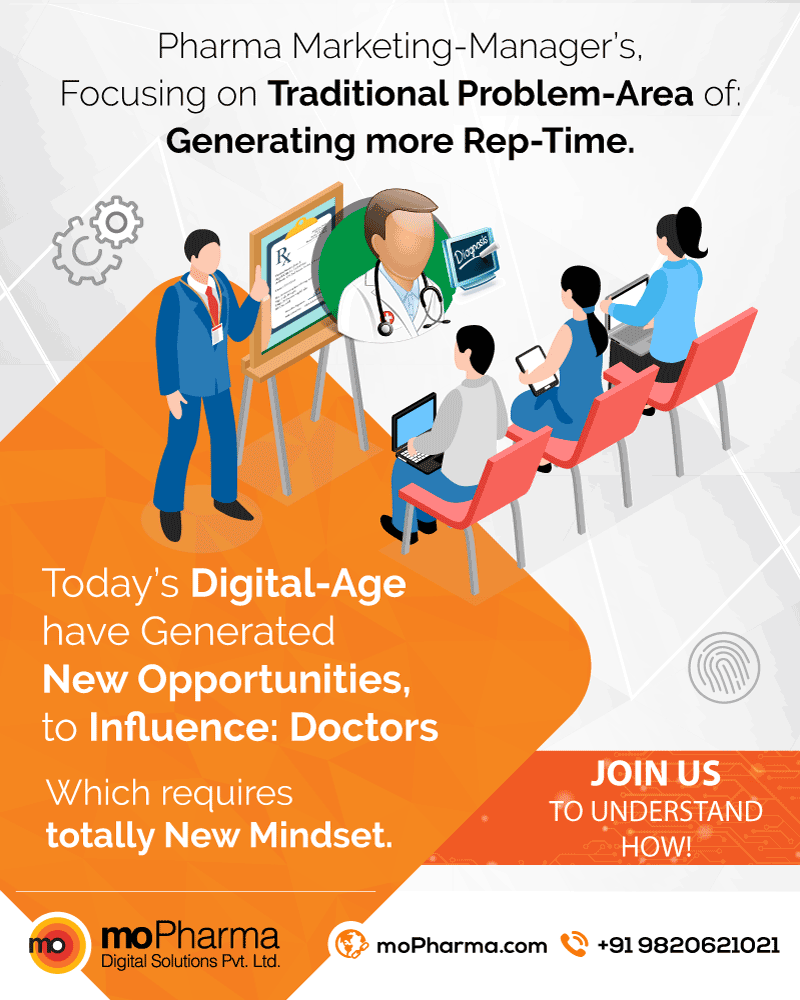
Digital Marketing Corporate Training
Corporate training has evolved rapidly in recent years. It is one of the most significant parts of its growth and long-term investment strategies. It helps to improve employees performance, moral and skills by concentrating on professional development. Corporate Training is the key to ensure development in all the spheres; so that the employees can aspire in this competetive world and bring success on their behalf. Through Corporate Training highest productivity can be achieved when the individual goals are integrated with the organisational goals.
The scope of digital marketing is growing day-by-day. Companies are also focusing on digital marketing. Providing a Corporate Training on digital marketing will help the emlpoyees to boost up their productivity in the organization. It does not restrict you to one specific job profile. Getting a digital marketing training in an organization will help you to get better salary as this is the most fascinating advantage of digital marketing. It will help in making suitable modification whenever necessary. Training in digital marketing helps in creating better understanding of the companies and the employees are able to achieve their professional goals.
Please Share.. if you Like
Digital Marketing: Corporate Training Ajit: +91 9820621021 moPharma Leading Digital Marketing Agency for Pharma SEO, SEM, SMO, SMM, eMail Marketing, etc. Esteem Happy Clients:
Hindusatan Unilever, Abbott, MSD, AZ, Lupin, GSK, Lodha, Mumbai Police, Siemens and many more...
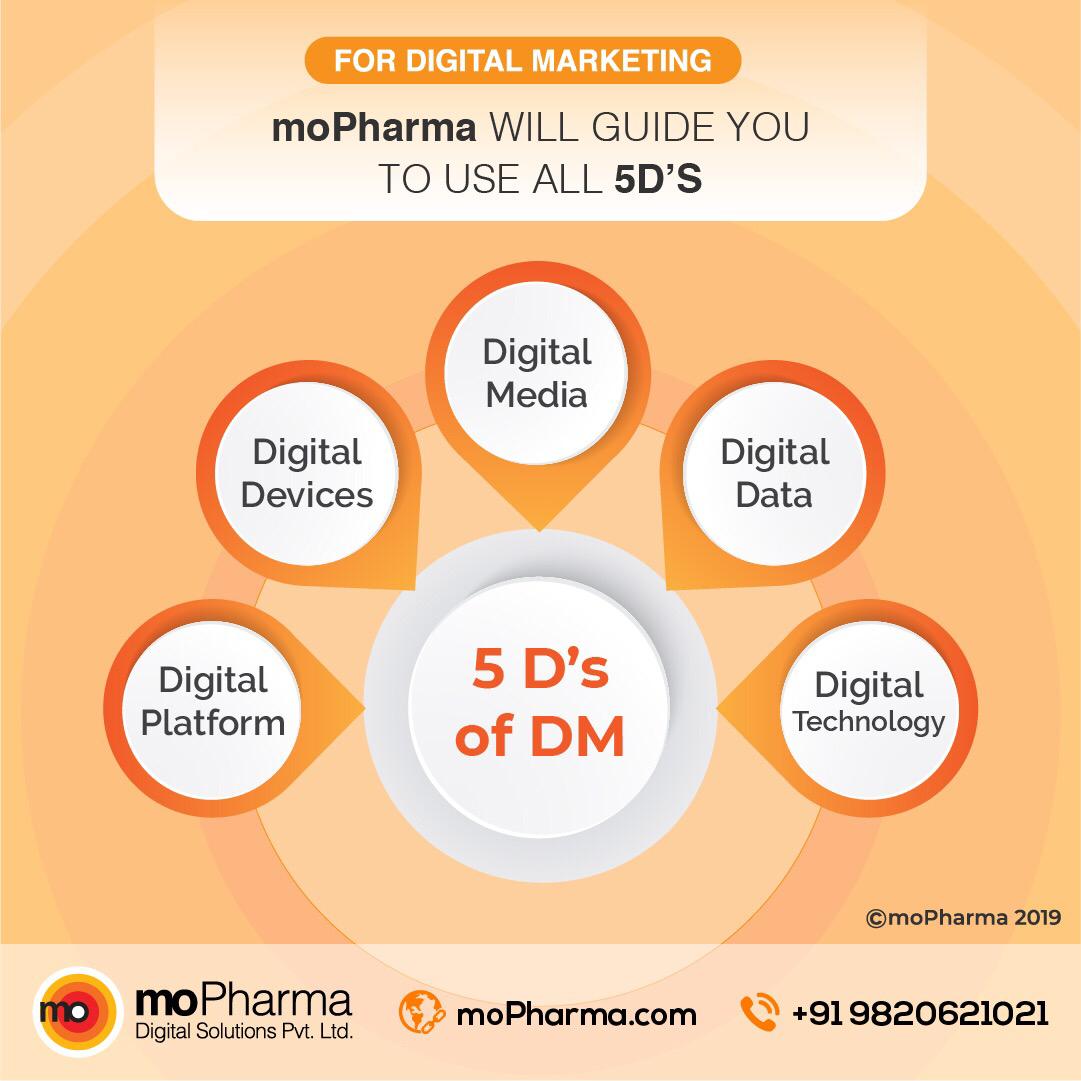
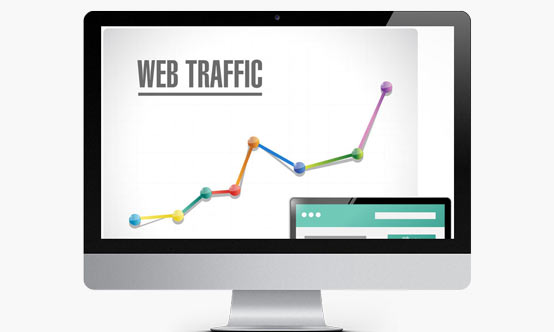
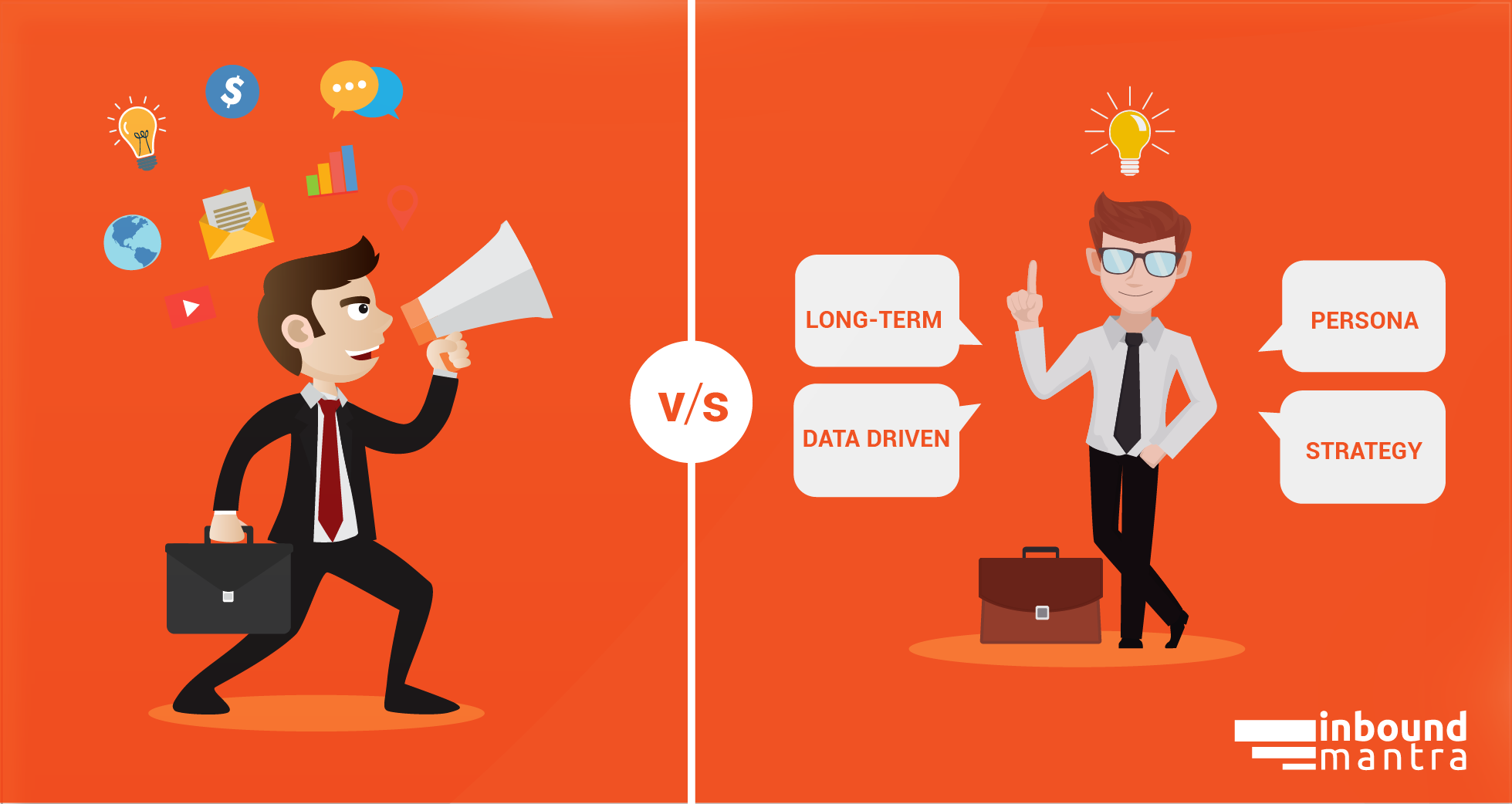
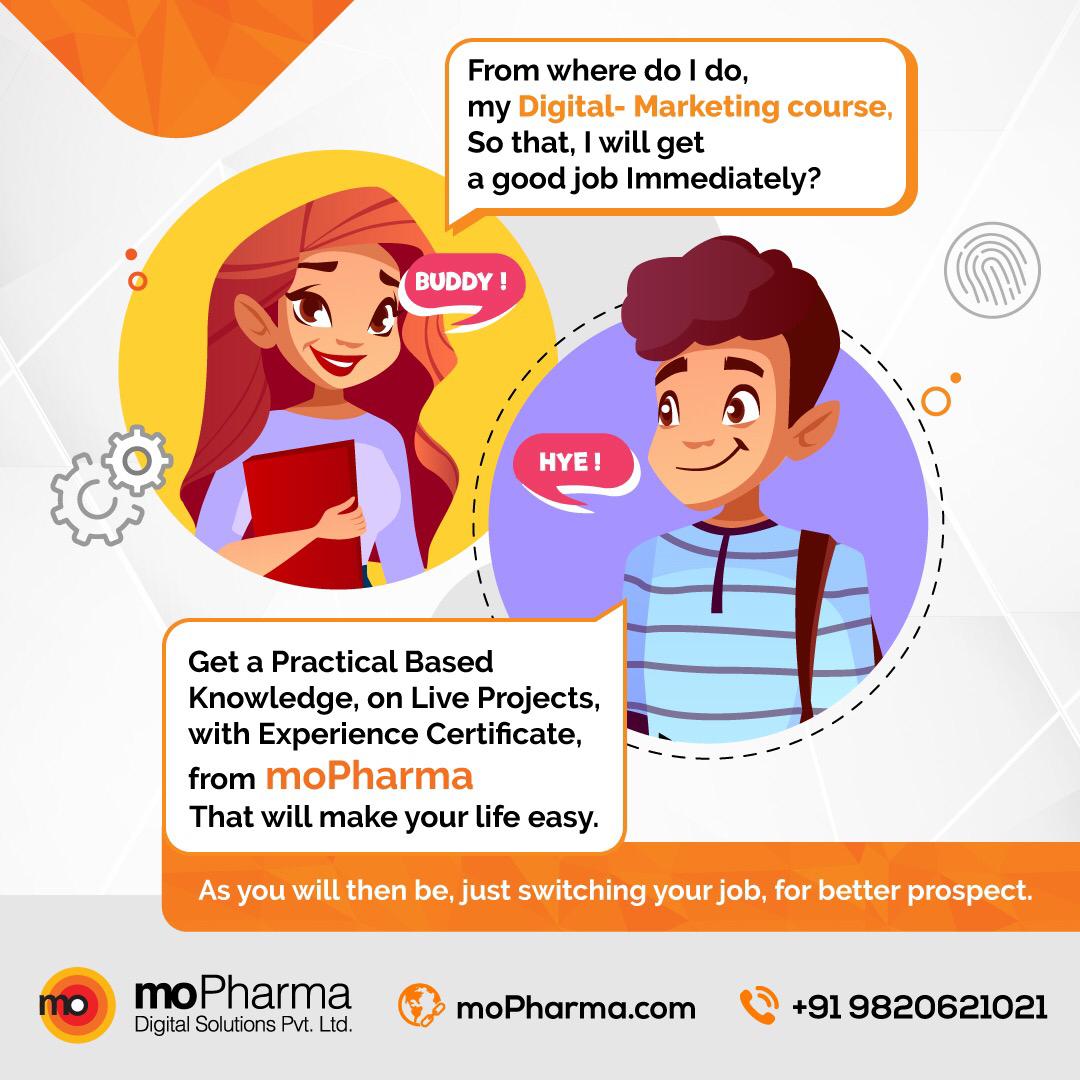
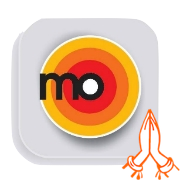

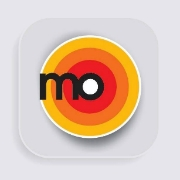
Discuss about post